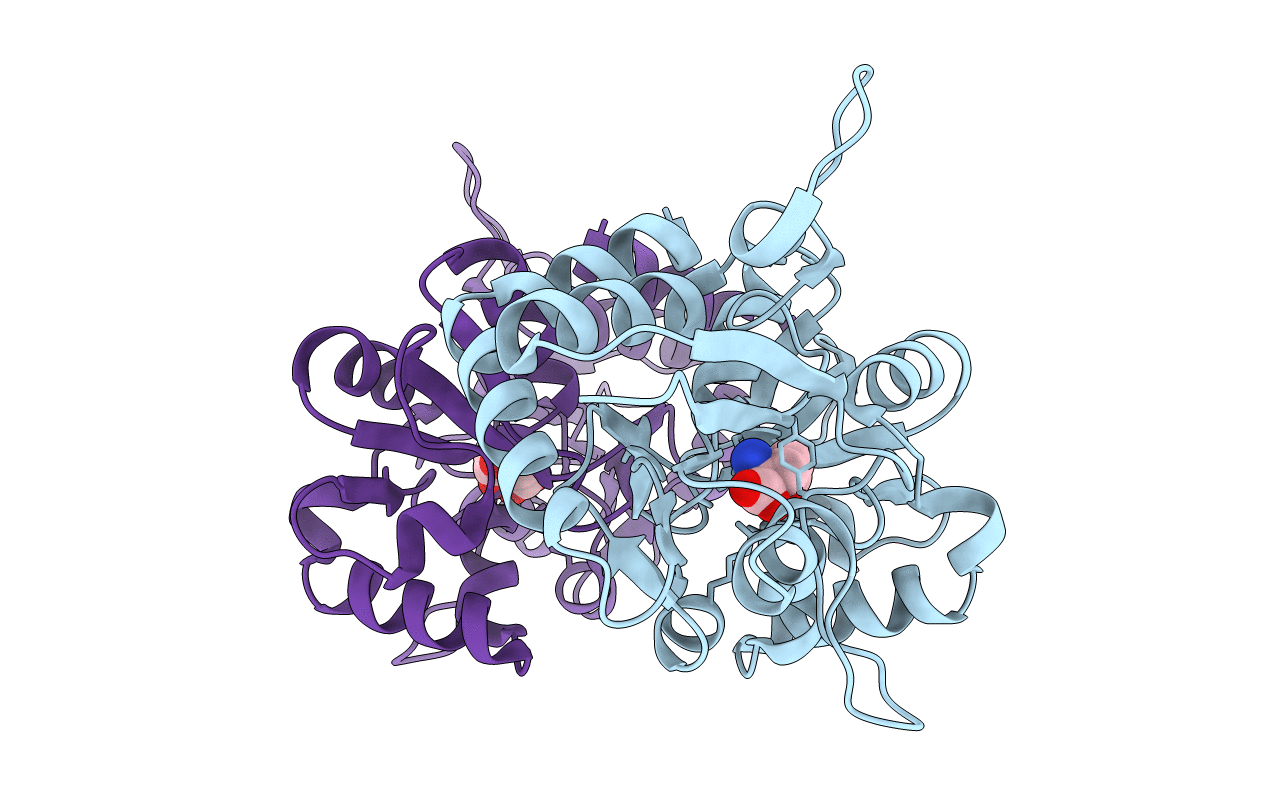
Deposition Date
2004-01-30
Release Date
2005-02-08
Last Version Date
2024-02-14
Entry Detail
PDB ID:
1S7Y
Keywords:
Title:
Crystal structure of the GluR6 ligand binding core in complex with glutamate at 1.75 A resolution orthorhombic form
Biological Source:
Source Organism:
Rattus norvegicus (Taxon ID: 10116)
Host Organism:
Method Details:
Experimental Method:
Resolution:
1.75 Å
R-Value Free:
0.24
R-Value Work:
0.22
R-Value Observed:
0.22
Space Group:
P 21 21 21


